Why Early 20th-Century Cars Had Huge Fabric Bags on the Roof — The Real Reason Will Surprise You
Rumors about their purpose have circulated for years, but the truth is just as unexpected.
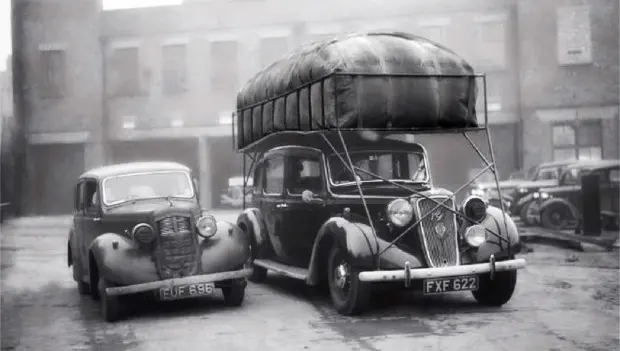
The earliest automobiles — their look, their engineering — carry a certain charm, a distinct imprint of a bygone era. Yet some features found on cars from a century ago, preserved in old photographs, can be downright puzzling. One of the most curious is the large textile tank often mounted on the roofs of vehicles in the first half of the 20th century. And while plenty of theories float around about what they were used for, the real explanation is surprising in its own right.
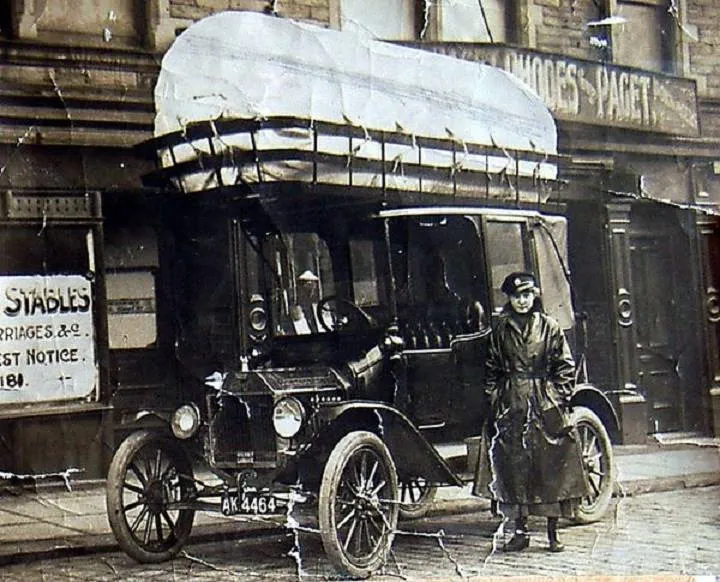
If you look at photos from the early 1900s, you’ll notice that some cars have a strange, oversized fabric sack on the roof — something that looks oddly similar to a mini zeppelin. The internet is full of guesses about their purpose, with the most common claim being that they served as extra luggage space. But that assumption has nothing to do with reality.

In truth, these strange rooftop containers were fuel tanks — as odd as that may sound. During both World Wars, most countries involved in the conflicts faced severe fuel shortages, shortages so serious that even their military-industrial sectors felt the strain. For civilians, the situation was even tougher, forcing people to search for alternatives to gasoline. One such substitute, surprisingly enough, turned out to be what was known as town gas.
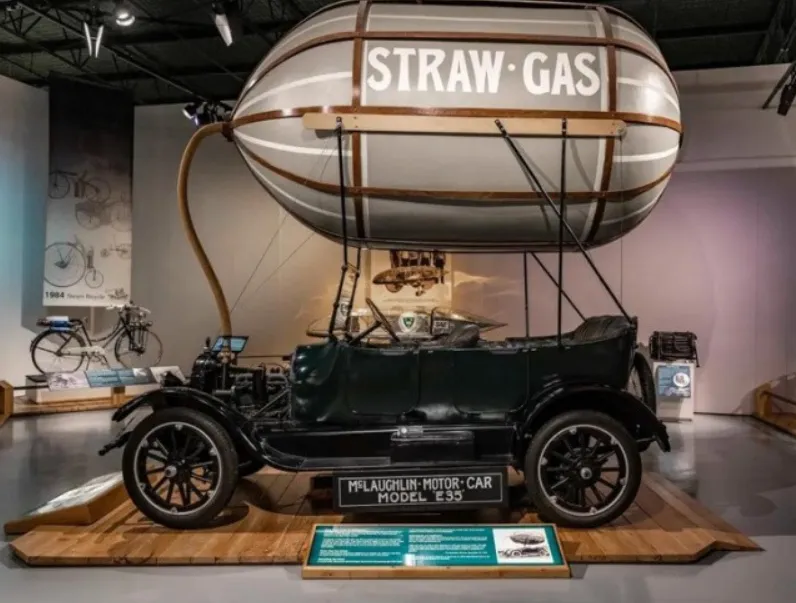
This gas, also called coke gas, was produced during the coking of coal. When coal was heated without oxygen, the process released a gas made up largely of hydrogen, along with methane, carbon monoxide, and ethylene. People were already familiar with it — it was the same gas used to power street lamps, which is why it was often called “illuminating gas.”

At the time, illuminating gas was considered a viable fuel alternative for cars. But transporting it required a major modification: those enormous fabric tanks. Traditional metal cylinders were impractical for this type of gas, because some of its components decomposed quickly, and hydrogen could easily escape through typical valves and seals.
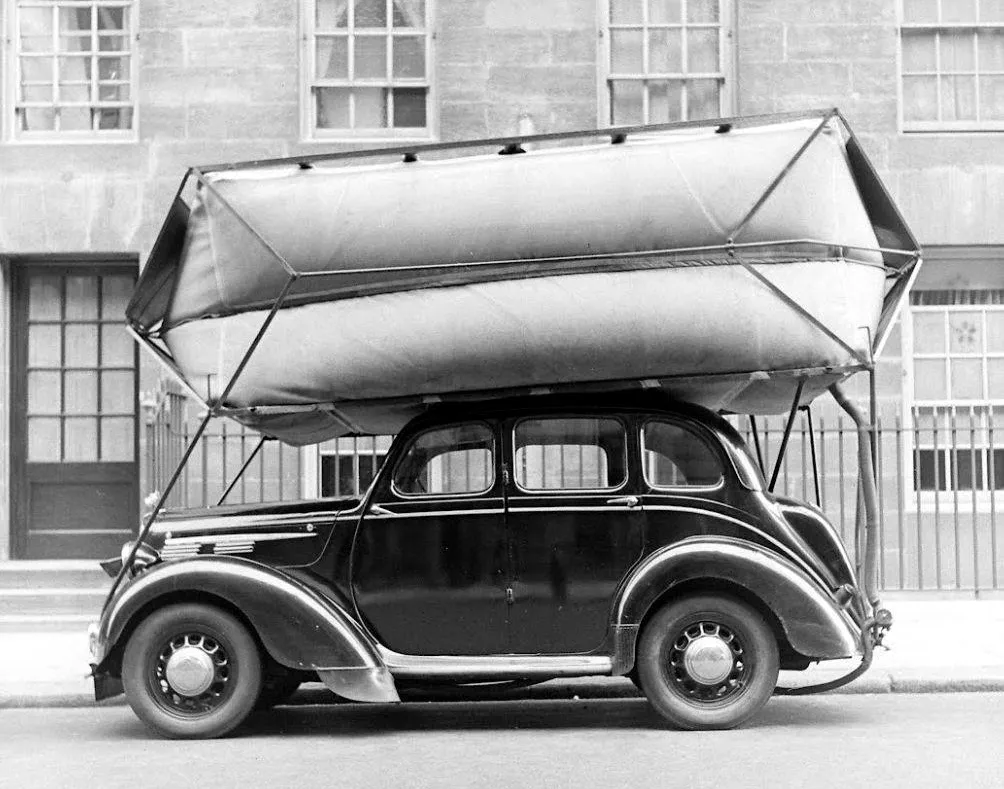
However, illuminating gas was far from an ideal replacement. Where a car could run on a single liter of gasoline, it needed two to three cubic meters of gas made from coal waste to travel the same distance. And those rooftop bags couldn’t store much — according to Auto30.com, a full gas balloon on a car’s roof was only enough for roughly 31 miles of driving.

There were other drawbacks as well. The rubberized fabric used for these bags quickly lost its shape after the first use. And with such a massive object sitting on top of the car, speed and handling suffered dramatically — most vehicles couldn’t go faster than 30 mph, and windy conditions made them even harder to control.
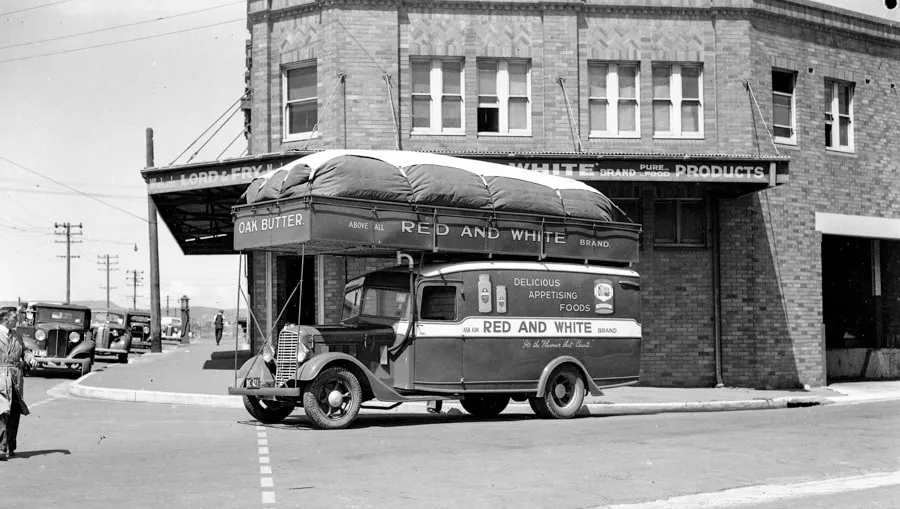
But the biggest issue was the gas’s volatility and flammability. Back then, strict no-smoking rules didn’t exist. If a passenger decided to light up inside a car or bus while the rooftop bag was leaking even slightly, the results could be disastrous.
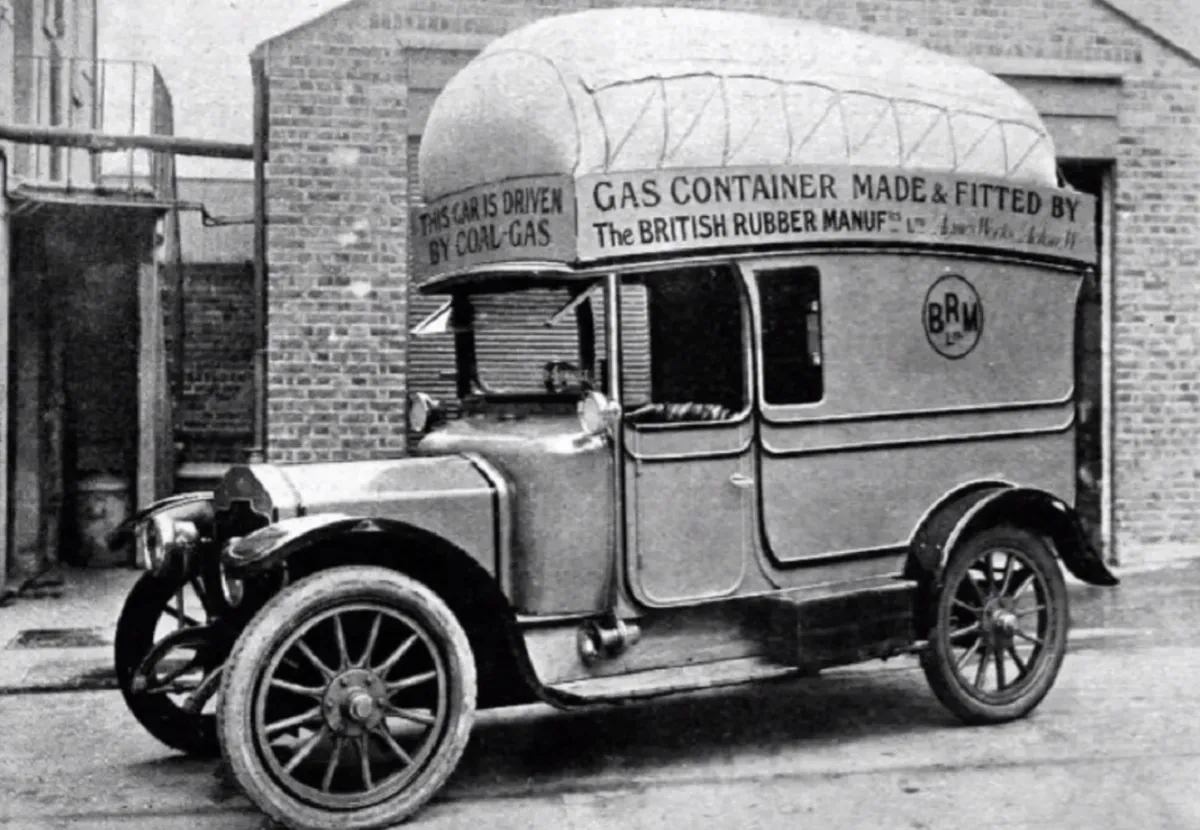
So it’s no surprise that once gasoline shortages eased, this unusual workaround was abandoned almost immediately. What’s left of that strange chapter in automotive history now survives only in old photographs.
You may also be interested in the news:

The 1967 Plymouth GTX: The One-Year Muscle Icon Most Americans Have Never Heard Of
Plymouth entered the growing mid-size segment in 1962 after a corporate misstep.
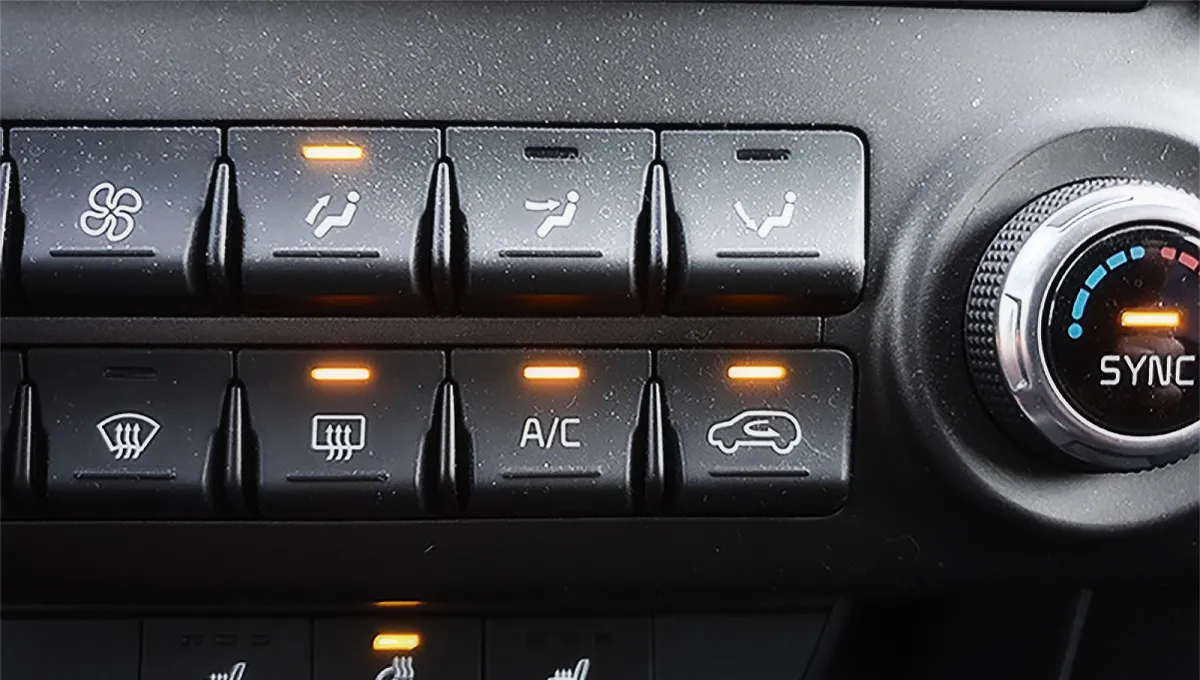
A useful button in cars that many Americans simply don't use
Some drivers think the feature is pointless — others avoid it simply because they don’t understand what it does

Bordering on classic: 1971 Chevrolet Corvette, a restoration project. It's in solid shape for being 54 years old
This 1971 Chevrolet Corvette has appeared on eBay with a single goal — to persuade online buyers that it deserves another shot at life after spending what seems like ages parked and neglected.

Auto Hold: The Button Many Americans Still Don’t Know About — and How It Can Change the Way You Drive
I use it all the time now — can’t imagine how I ever drove without it.
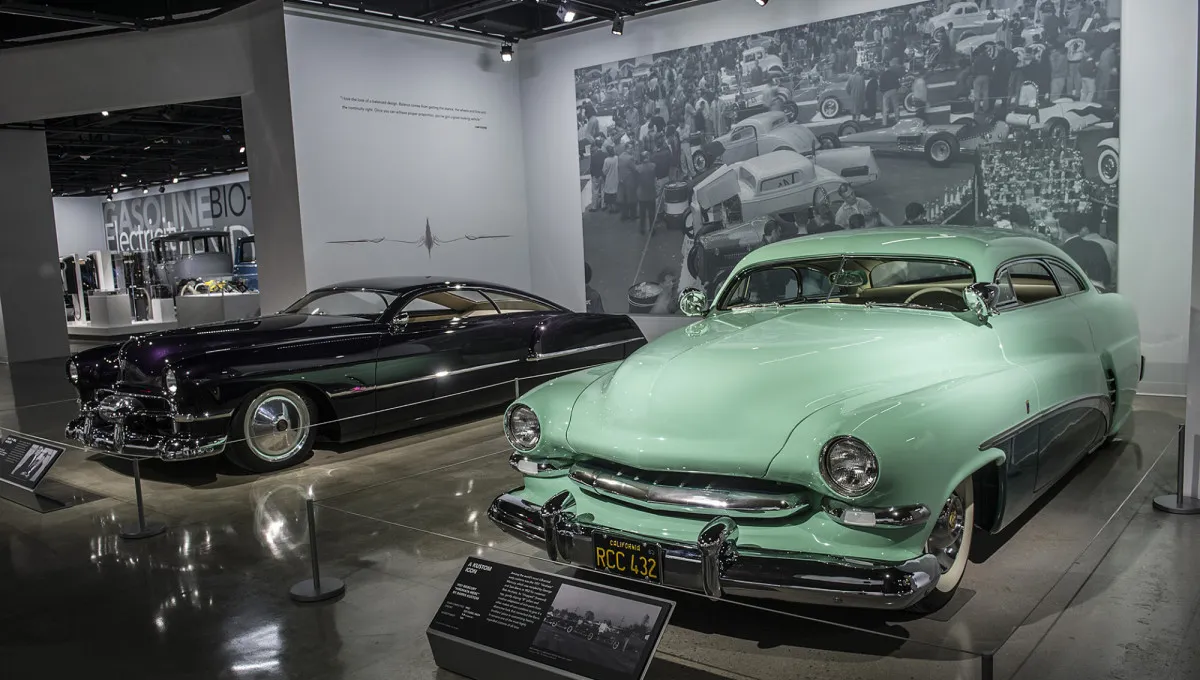
Every American Should Visit These – The Best Car Museums in the U.S.
These top automotive museums don’t just showcase classic cars – they tell the story of how engineering and design have evolved through the decades.